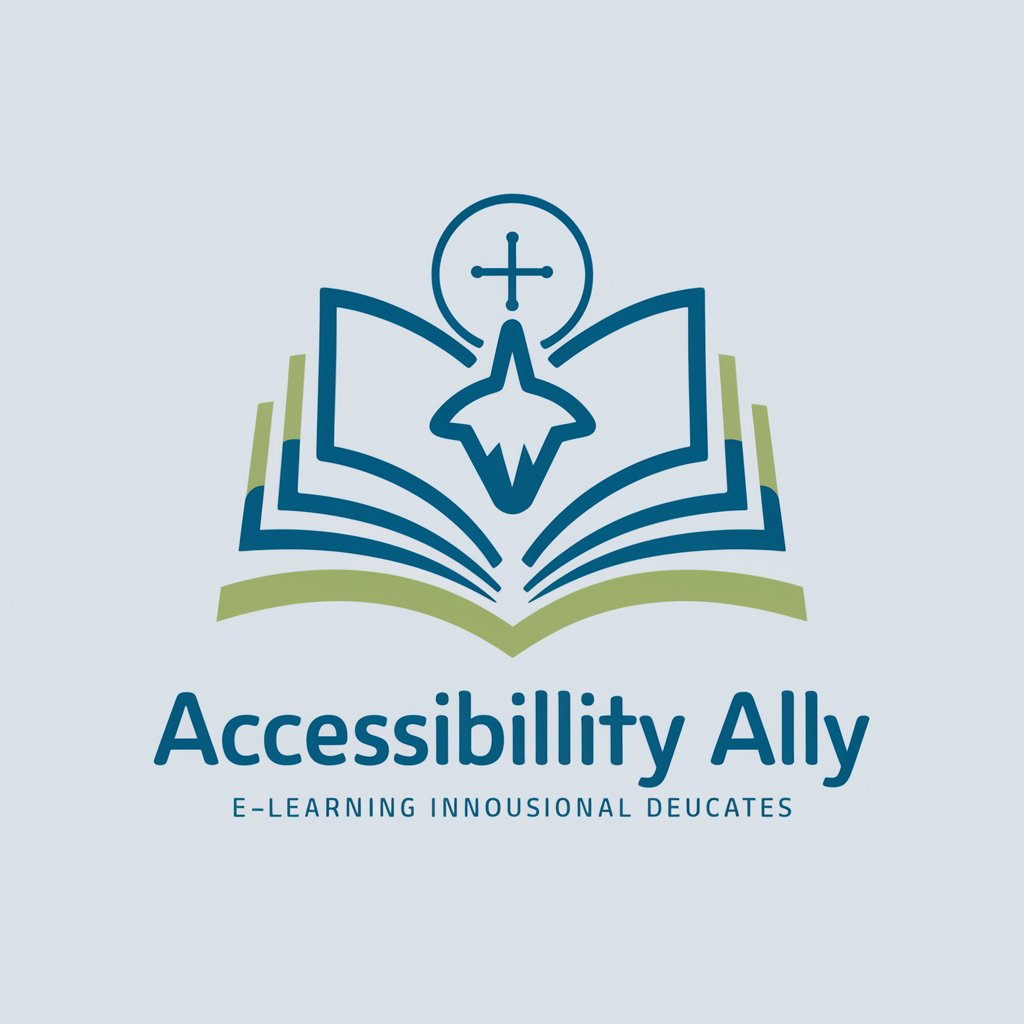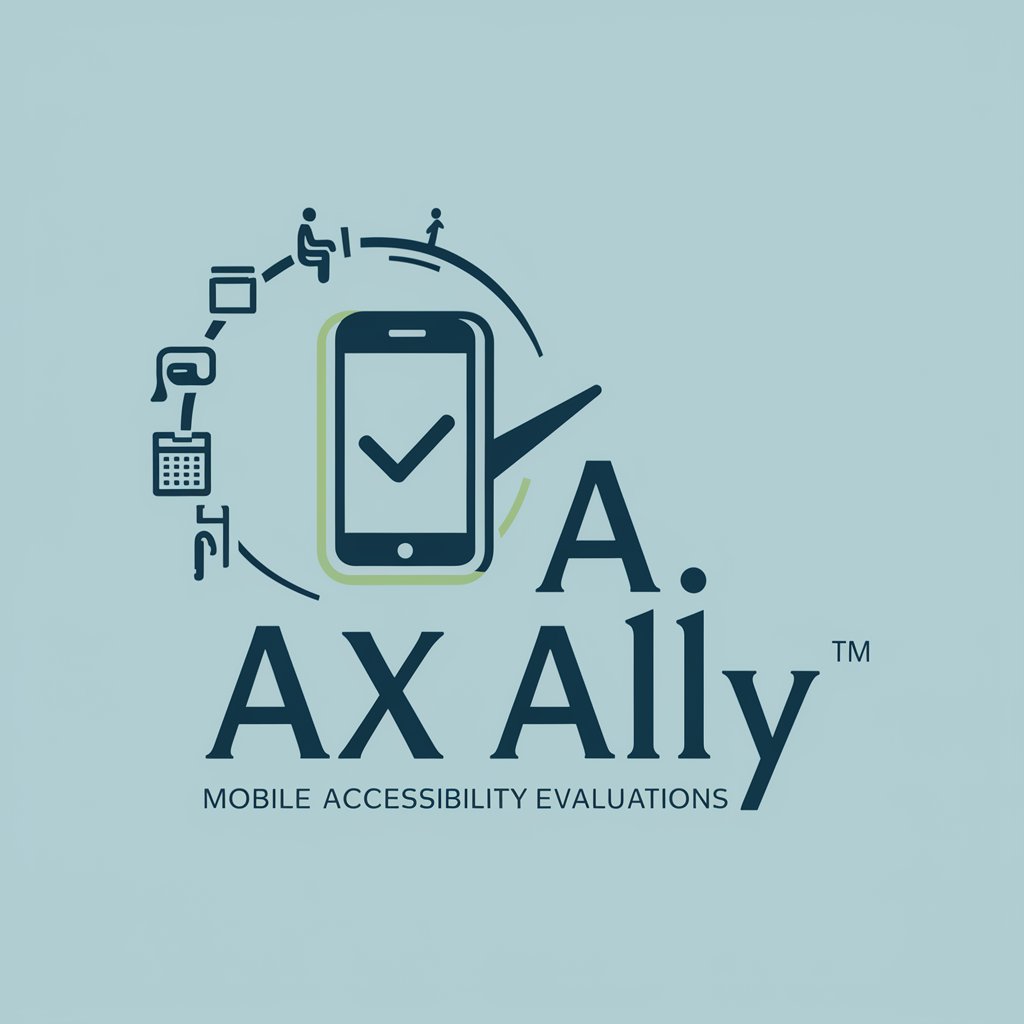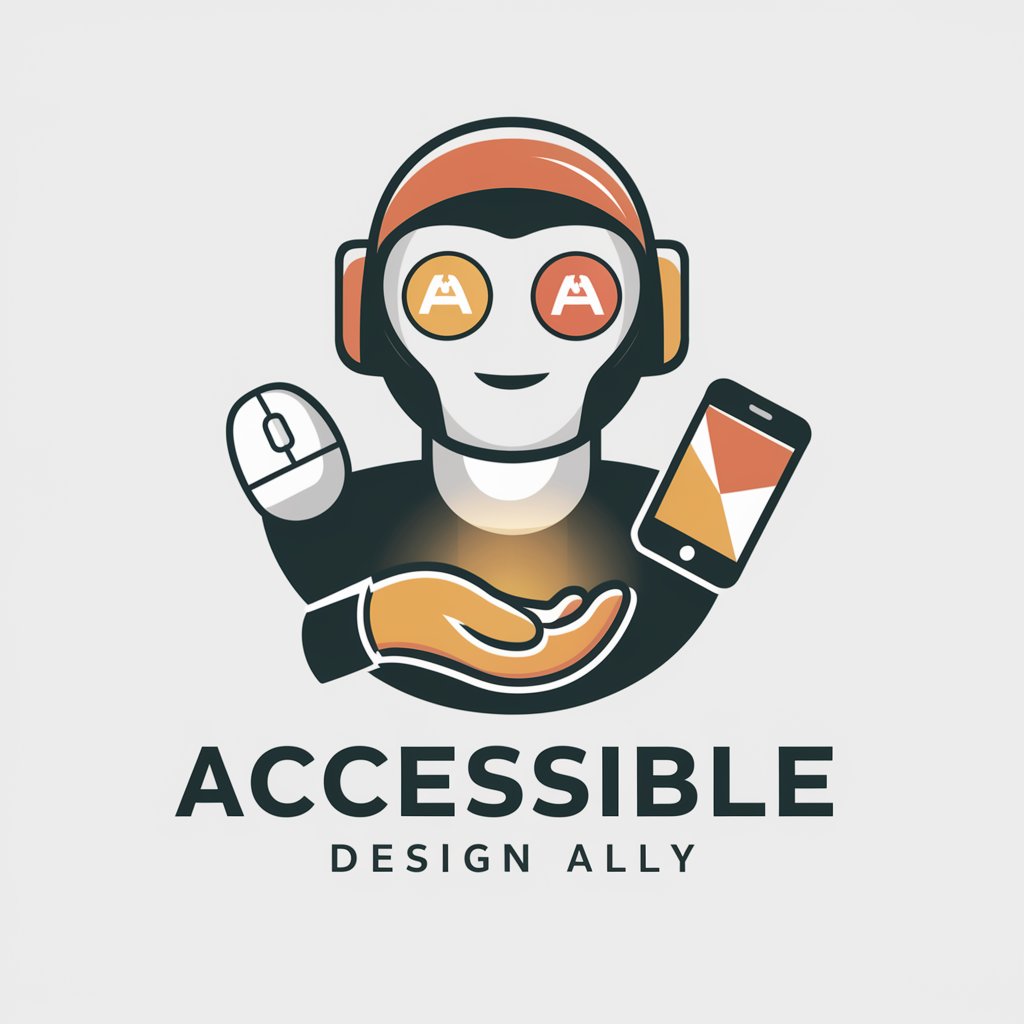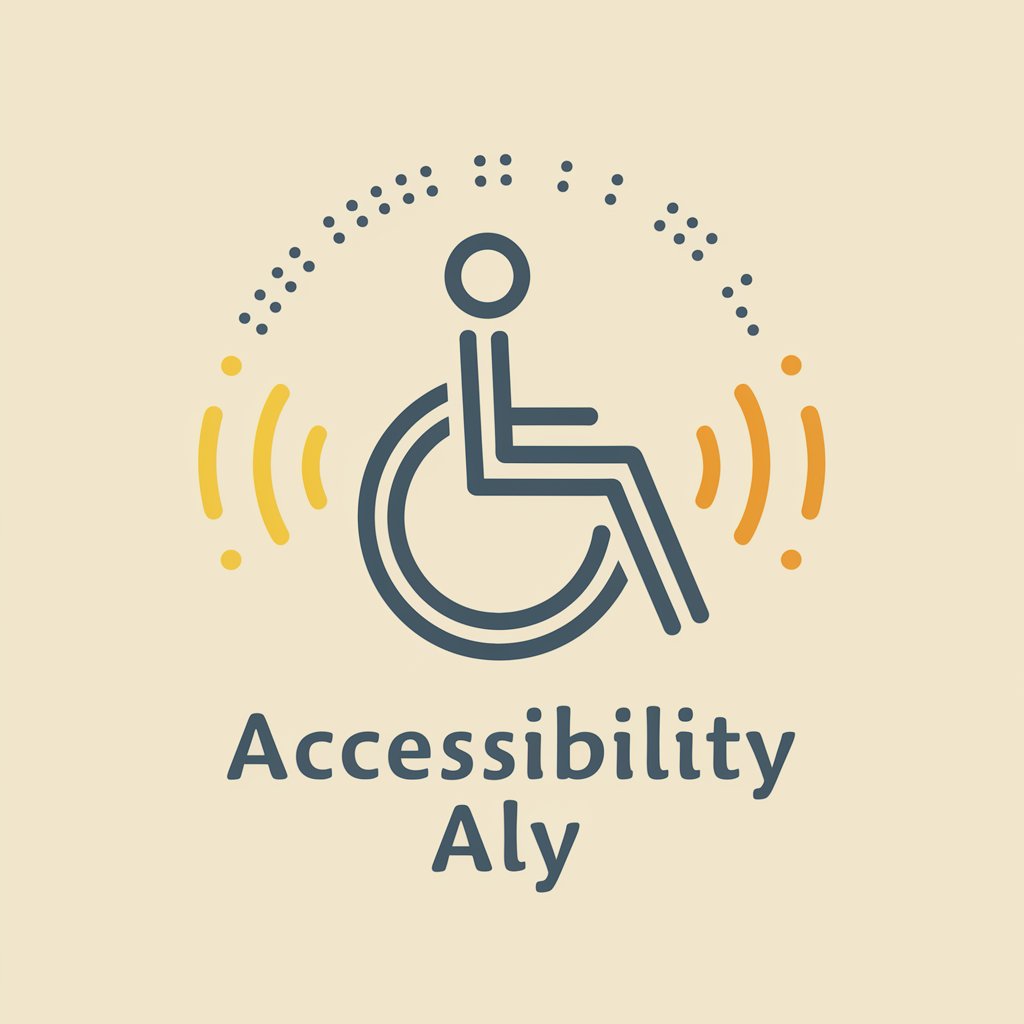
Access Ally: Disability & Accessibility Guide - Accessibility Guidance AI
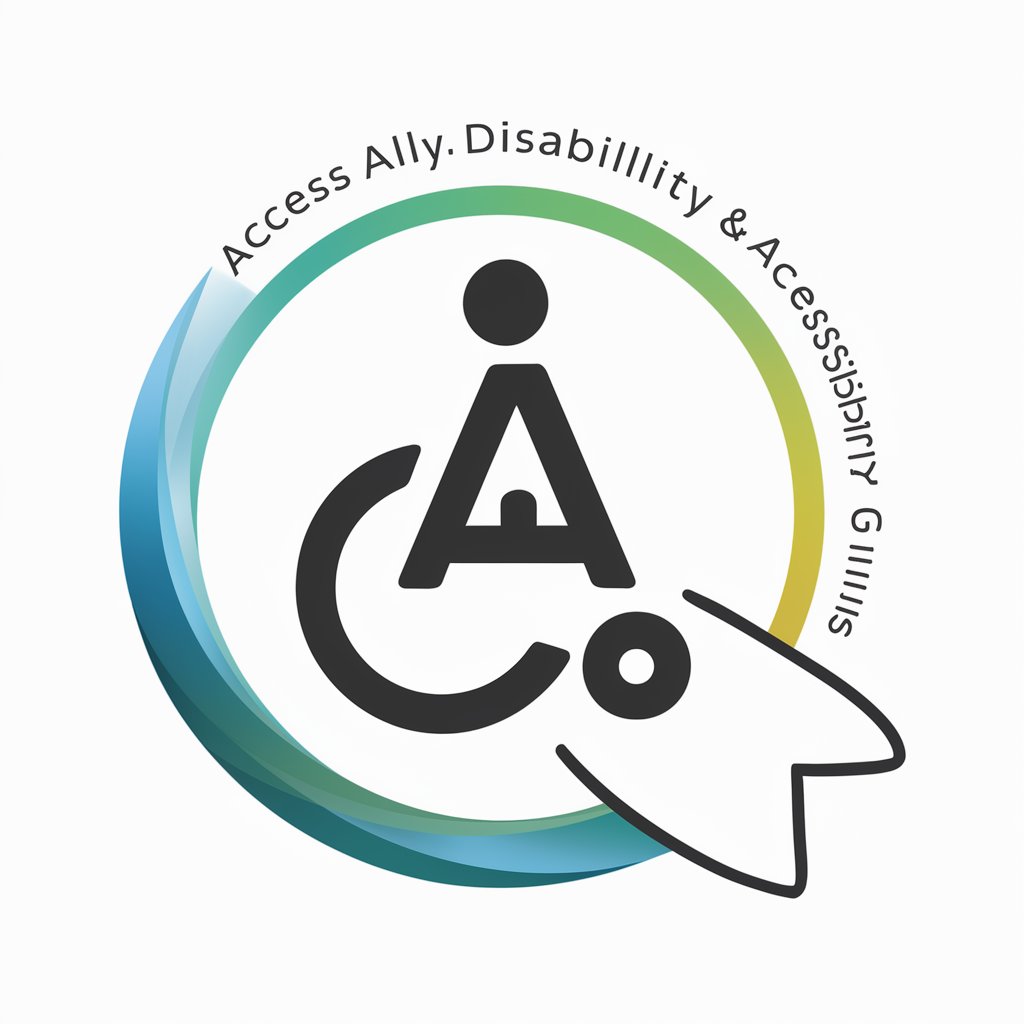
Welcome to Access Ally, your guide to accessibility solutions and disability support.
Empowerment through AI-driven Accessibility
What are the best practices for designing accessible websites?
How can I make my event more inclusive for people with disabilities?
What are the most common accessibility barriers and how can they be addressed?
Can you provide resources for understanding disability rights and laws?
Get Embed Code
Overview of Access Ally: Disability & Accessibility Guide
Access Ally: Disability & Accessibility Guide is designed as a comprehensive resource to enhance accessibility and provide support for individuals with disabilities. This tool serves as both an informational hub and a practical guide, offering insights into various aspects of accessibility in everyday life, work, and public spaces. It's structured to aid users in understanding and implementing accessibility standards and best practices, thereby fostering inclusivity. For example, it can guide a small business owner through the process of making their storefront wheelchair accessible, or help a web developer understand how to comply with WCAG (Web Content Accessibility Guidelines) to make a website more accessible to people with visual impairments. Powered by ChatGPT-4o。

Core Functions of Access Ally
Accessibility Compliance Guidance
Example
Explaining ADA requirements for physical businesses
Scenario
A restaurant owner uses Access Ally to navigate the specific ADA (Americans with Disabilities Act) guidelines required to make dining areas and restrooms accessible to all customers, including those with mobility issues.
Digital Accessibility Tools
Example
Automated web accessibility evaluations
Scenario
A university webmaster utilizes Access Ally to perform an audit of the school's online course portal, ensuring that the digital content is accessible to students with disabilities, such as those requiring screen readers or alternative input devices.
Resource Connection
Example
Linking to local and online support services
Scenario
A family member of someone with a newly diagnosed condition uses Access Ally to find local support groups, accessible housing options, and financial aid resources specifically catered to their needs.
Educational Material Provision
Example
Providing tutorials on creating accessible content
Scenario
Content creators access step-by-step guides and video tutorials through Access Ally on how to design inclusive and accessible digital media, from captioning videos to ensuring that images have appropriate alt text.
Target User Groups for Access Ally
Business Owners and Managers
This group includes proprietors and organizational leaders who are responsible for ensuring that their premises and services comply with local accessibility laws. Access Ally aids them in understanding and implementing necessary modifications to physical layouts and customer service protocols.
Web Developers and Designers
These professionals are tasked with creating digital platforms that are usable by everyone, including people with various disabilities. Access Ally provides them with tools and knowledge to build and maintain websites that meet or exceed accessibility standards.
Educators and Institutional Administrators
This group consists of individuals in educational settings who must ensure that all students, regardless of disability, have equal access to learning materials and facilities. Access Ally helps them adapt classrooms and curricula to be more inclusive.
Families and Caregivers of Individuals with Disabilities
They benefit from Access Ally by obtaining vital information on support services, accessibility-enhancing technologies, and legal rights, which can greatly assist in improving the quality of life for their loved ones.

How to Use Access Ally: Disability & Accessibility Guide
1
Begin by visiting yeschat.ai for an immediate free trial, accessible without the need for login or a ChatGPT Plus subscription.
2
Explore the main menu to familiarize yourself with various features including text-to-speech options, high-contrast display settings, and navigation aids.
3
Utilize the 'Ask a Question' feature to input specific inquiries related to disability support or accessibility options and receive instant, tailored advice.
4
Access the resource library for in-depth articles, guides, and references about laws, best practices, and technological aids for disabilities.
5
Engage with the community forum to share experiences, gain insights from other users' stories, and connect with experts for personalized guidance.
Try other advanced and practical GPTs
Canadian Disability Consultant
Empowering Through Knowledge
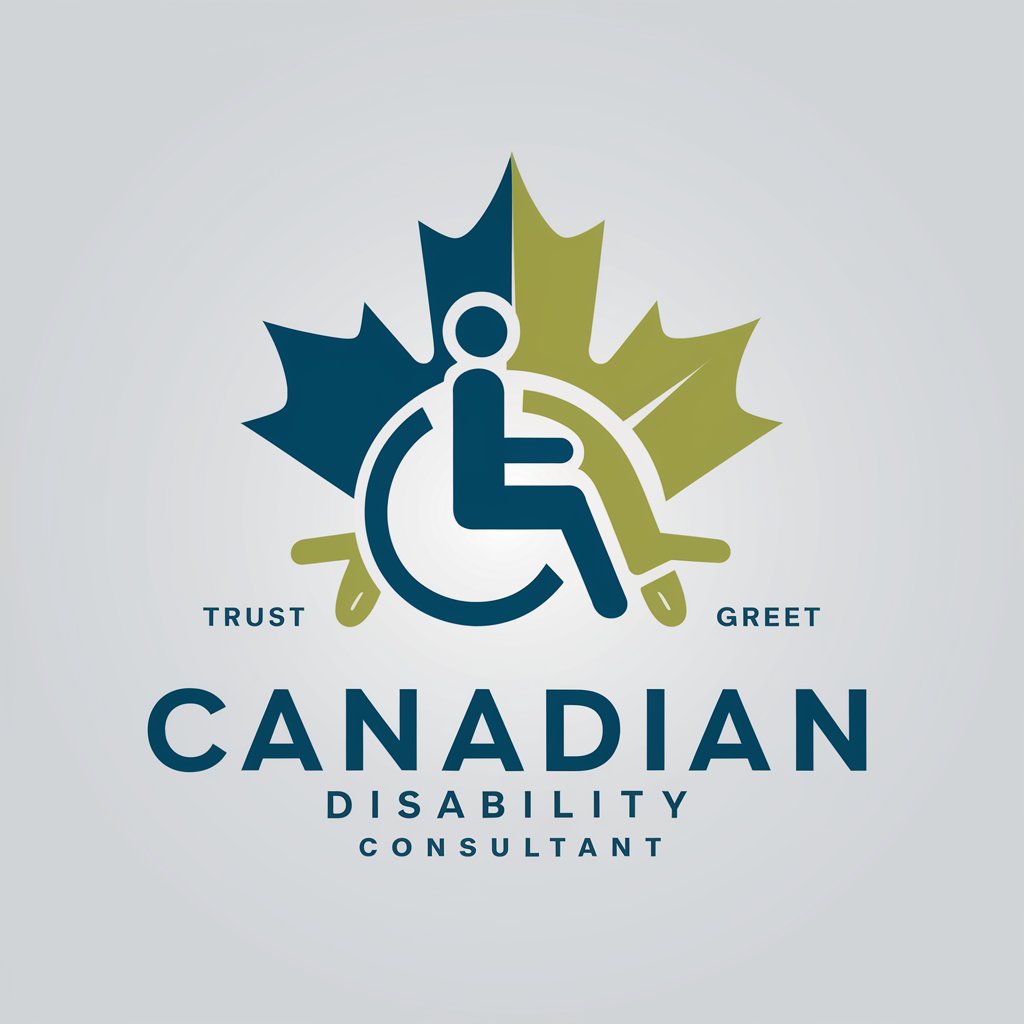
Disability Fitness Guide
AI-Powered Fitness Customization
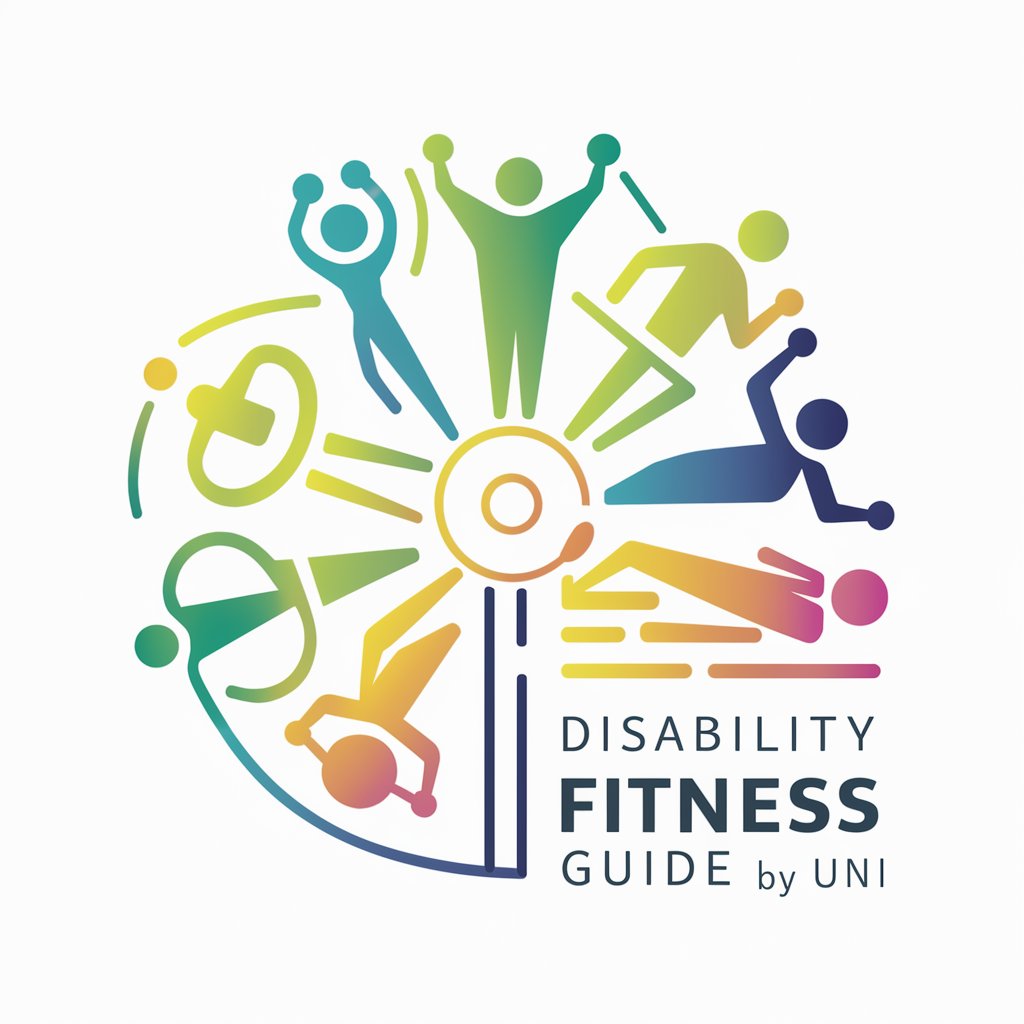
Sinister Scribe
Craft Your Creepiest Texts Effortlessly
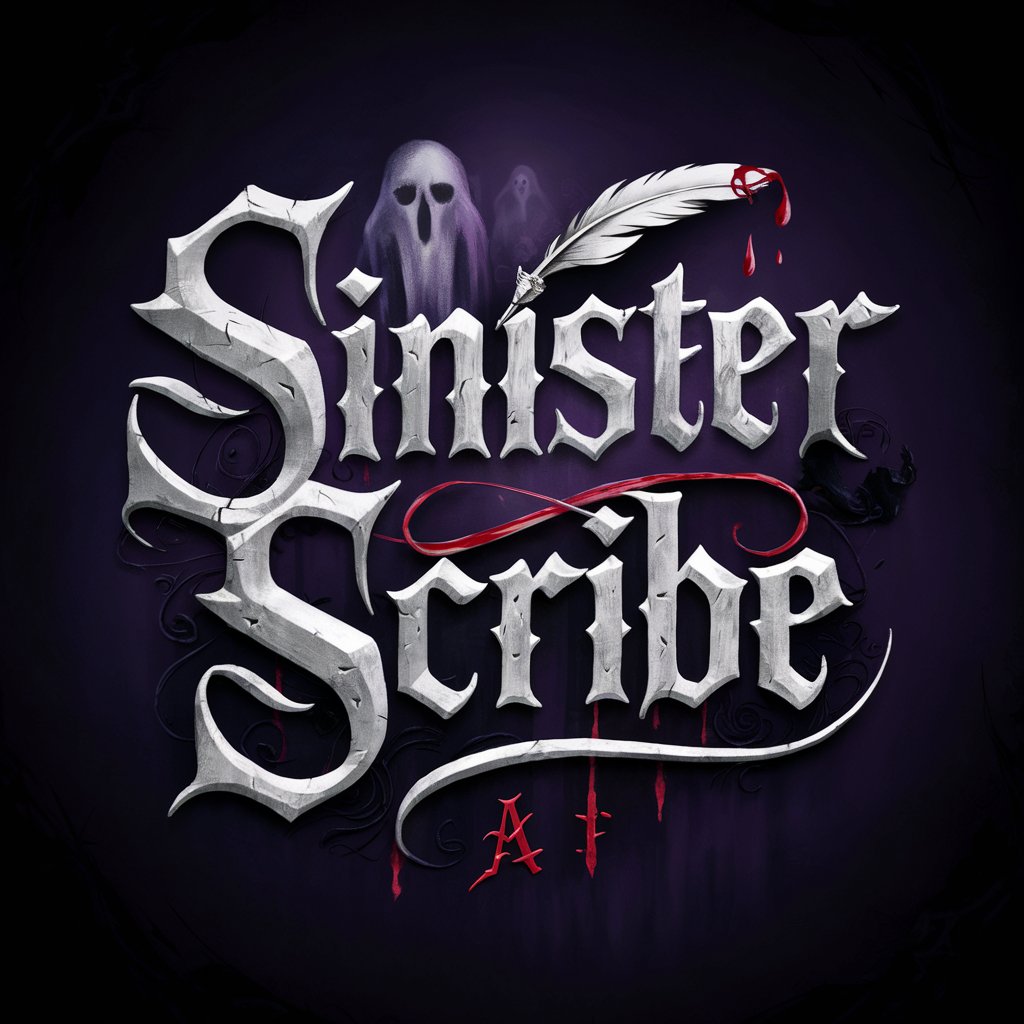
Framework Minister
Empower decisions with AI-driven insights.
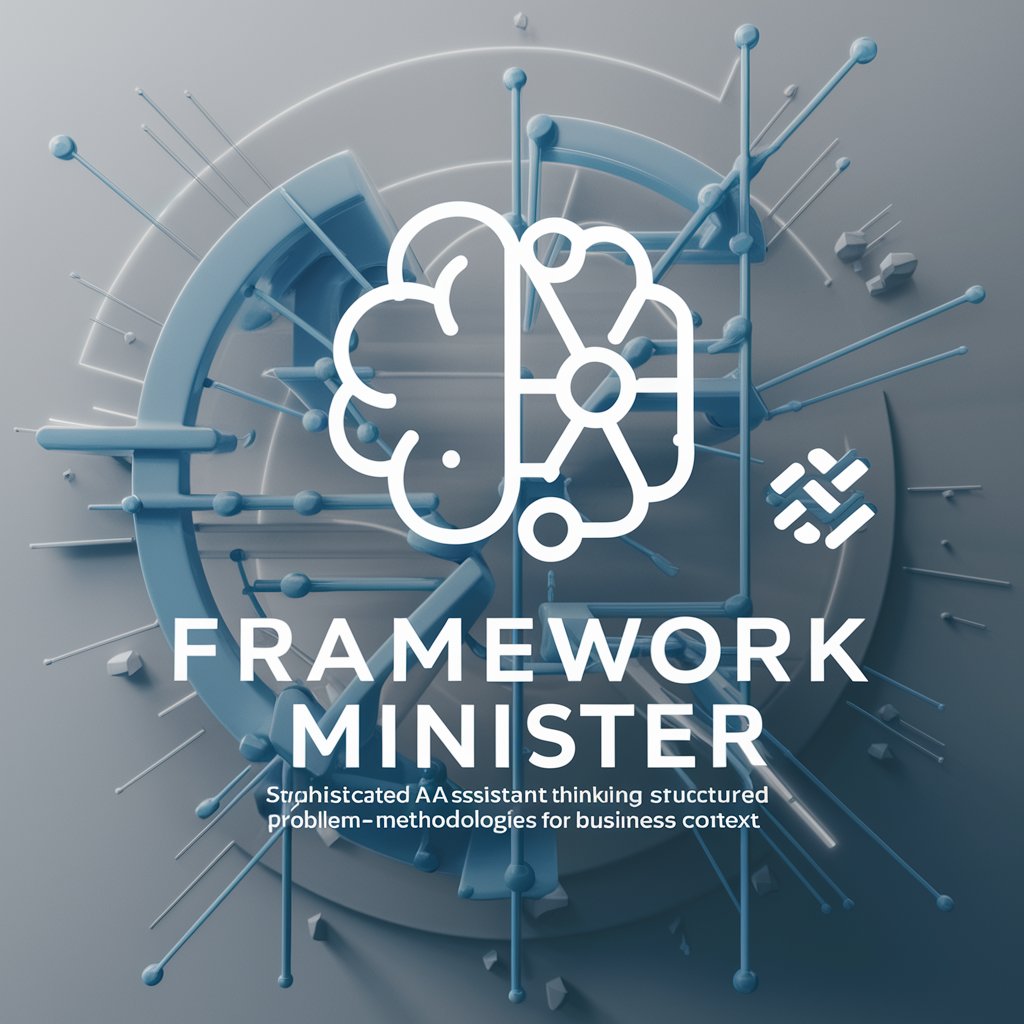
Sinister Artist
Unleash the darkness within, AI-powered.

Ministero dell’istruzione e del Merito
Empowering IT Futures with AI

How to Live with a Disability
Empowerment through AI Assistance

Disability Benefits Finder UK
AI-powered UK Disability Assistance
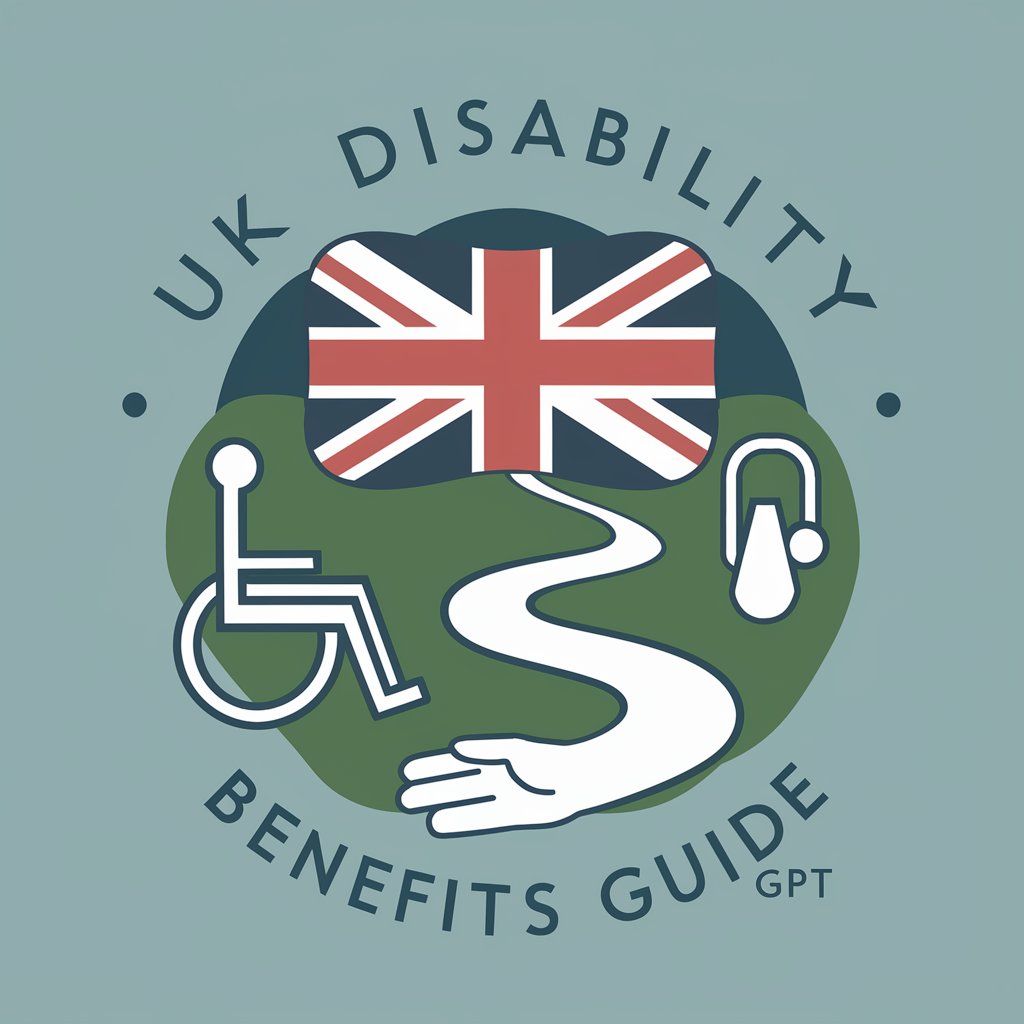
VA Disability Claims GPT
Empowering Veterans with AI-driven Claim Support

VA Disability Guide
Streamline Your VA Benefits with AI
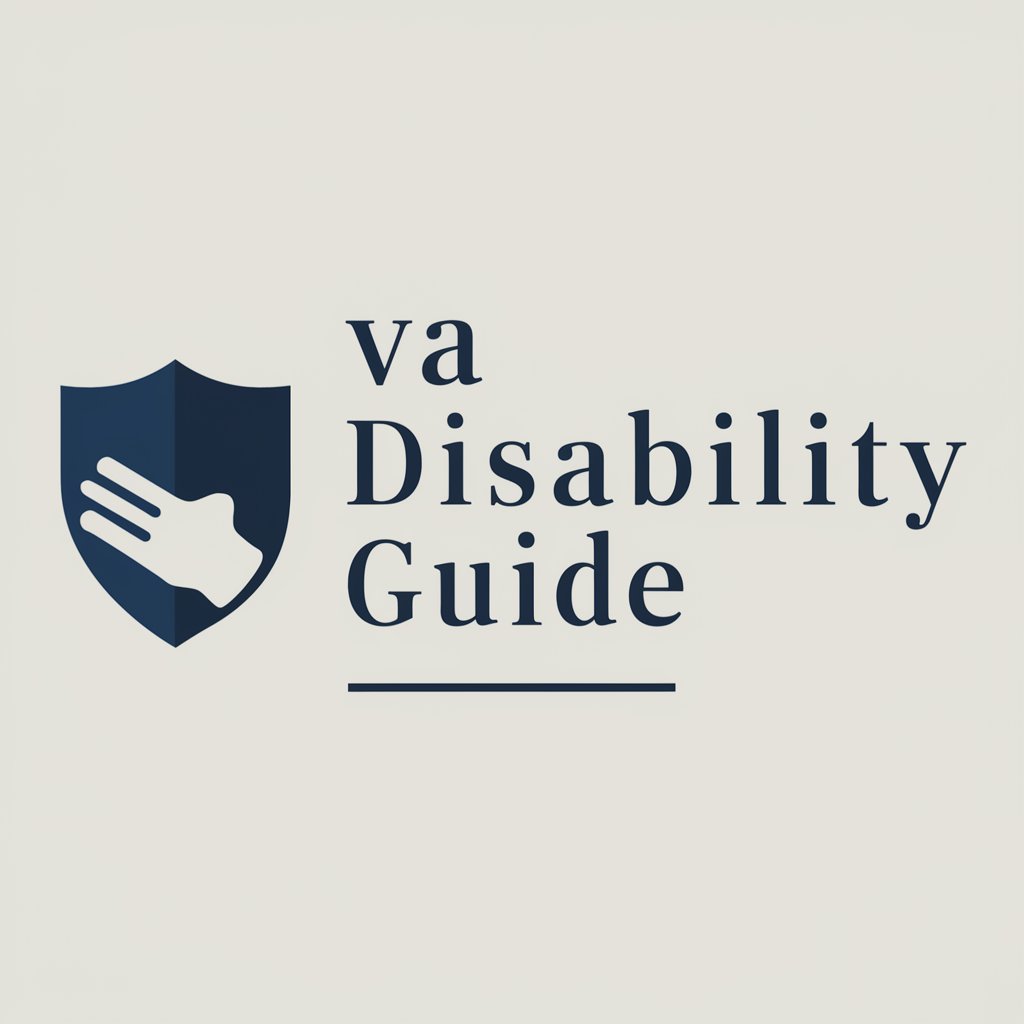
Case Brief Pro
Streamline Your Legal Studies with AI

Plot Twister [GAME]
Unleash creativity with AI-powered plot twists!
![Plot Twister [GAME]](https://r2.erweima.ai/i/7g-uYwh-Qjm3173BluSGNQ.png)
Frequently Asked Questions About Access Ally: Disability & Accessibility Guide
What accessibility features does Access Ally offer?
Access Ally is equipped with text-to-speech capabilities, high-contrast modes, and navigational aids that are designed to assist users with visual impairments, learning disabilities, and mobility challenges.
Can Access Ally help me understand disability laws?
Yes, the tool includes a comprehensive resource library that covers important disability laws, offering clear explanations and actionable advice to ensure compliance and understanding.
How can Access Ally assist in an educational setting?
Access Ally provides tools and resources that aid in creating accessible learning environments, including guidelines for accessible document design, multimedia usage, and inclusive classroom practices.
Is there community support available through Access Ally?
Yes, Access Ally hosts a community forum where users can exchange ideas, seek advice from peers and experts, and share their own experiences and solutions related to accessibility.
Does Access Ally provide updates on new accessibility tools?
Absolutely. The platform frequently updates its resource library with the latest in accessibility technology, guidelines, and best practices to help users stay current in the field.

